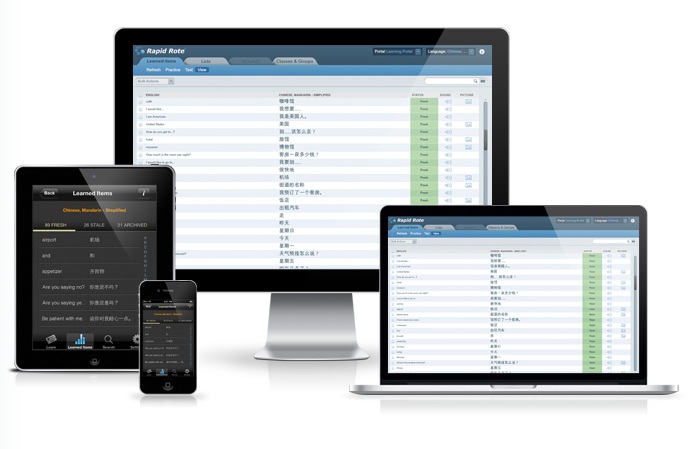Transforming the Economics of Language Learning (Part 2) Posted by Transparent Language on Feb 4, 2015 in Archived Posts, Company News
Software that delivers just one course in a language is virtually useless for professional purposes. It’s like a delivery van that can only go to one address.
In Part 1, we talked about how combining technology with human instruction can transform the economics and logistics of professional language training and maintenance. But it needs to be the best available technology, specifically and tightly aligned to the right curriculum for your purpose.

If you run a bakery, you want a delivery van going regularly to all your customers. You don’t want an oil truck delivering your bread. And even a good bread van is useless if it goes someplace else.
Language software sold to individual consumers in English-speaking markets typically offers a generic beginner course delivered by average software. That’s fine for many casual language learners, but almost useless for professional language programs. Professional programs need both learning and instruction to be faster, more reliable, more reportable, and more flexible. And, most importantly, they need that best-of-breed technology to deliver their chosen curriculum, not some vendor’s general course.
Transparent Language’s CL-150 does include our own beginner courses for about 100 languages. We call them “Essentials” courses, and they are a perfectly fine solution when the problem is, “Hey, I just need to learn a little Turkish.” They offer a basic curriculum combined with the full range and sophistication of the CL-150’s delivery and reporting capability.
However, the CL-150 is also designed with customization in mind. Organizations can commission curriculum-aligned courses, or they can use the CL-150’s authoring capability themselves to create Rapid Rote vocabulary lists, LessonGin lessons, and other materials customized to their chosen curriculum in any of 100 or more languages.
All CL-150 materials, whether commissioned or customer-authored, can then be shared with all other CL-150 organizations, reducing duplication of effort in the government community, and increasing the choice of materials available to USG programs, instructors and individual learners.
US personnel battling Ebola need to say and understand more than “Hello” and “My name is…”. They need effective, targeted learning materials that help them do their jobs, and that work on the device they have. And they need them now. If those materials are already on the CL-150 because some other organization made them first, all the better.
Once the best technology has been identified, it’s crucial to implement optimally. We’ll discuss how we do this in Part 3.

Build vocabulary, practice pronunciation, and more with Transparent Language Online. Available anytime, anywhere, on any device.




Leave a comment: